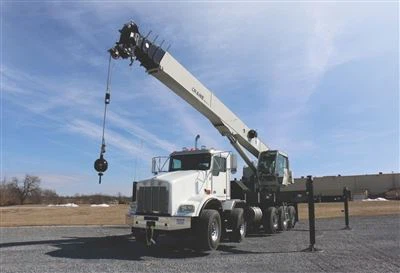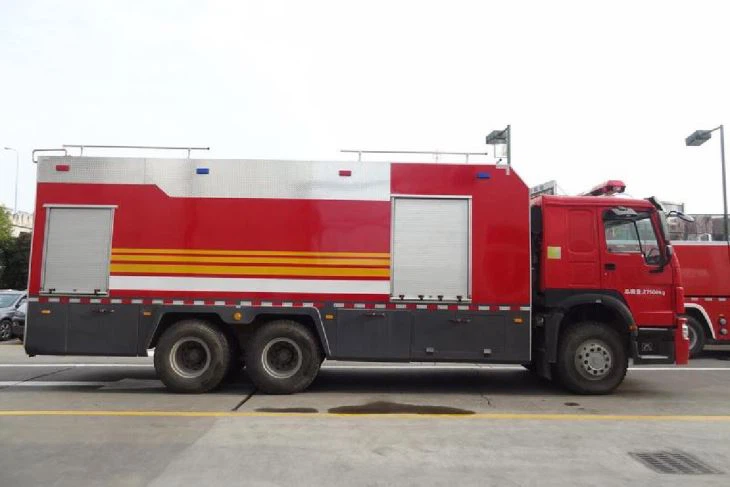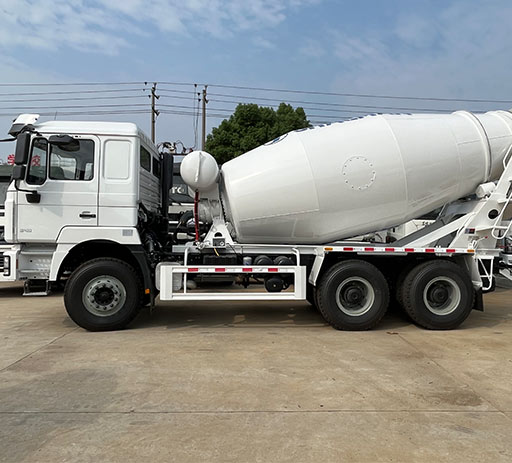Understanding Kei Truck Payload: Everything You Need to Know

Kei trucks, or “K-trucks,” are small, lightweight vehicles designed for various utility purposes, especially in Japan. They are popular due to their compact size, fuel efficiency, and practicality in urban environments. One of the most critical aspects when evaluating kei trucks is their payload capacity. In this article, we will explore what kei truck payload means, how it is calculated, the different factors that affect it, and practical examples to help you make an informed decision. Let’s dive into the fascinating world of kei trucks.
What is a Kei Truck?
Kei trucks are a subset of kei cars, regulated by Japanese law to be under a certain size, weight, and engine displacement. These vehicles are ideal for transporting goods and navigating tight spaces in urban settings. They come in various configurations and offer a unique blend of functions, making them popular not only in Japan but also across the globe.

The Importance of Payload Capacity
Payload capacity refers to the maximum weight a vehicle can safely carry, including passengers and cargo. Understanding the payload capacity of a kei truck is crucial for several reasons:
- Safety: Overloading a vehicle can lead to dangerous driving conditions and increased wear and tear.
- Legal Compliance: Different regions have laws regarding the maximum load a truck can carry.
- Efficiency: Knowing payload limits helps in optimizing fuel consumption and load distribution.
What Determines Kei Truck Payload?
Vehicle Specifications
The payload capacity of a kei truck is largely determined by its specifications, including:
- Gross Vehicle Weight Rating (GVWR): This is the total weight the vehicle is rated to safely carry, including its own weight.
- Kerb Weight: The weight of the vehicle without any cargo or passengers, which is subtracted from the GVWR to determine the payload capacity.
Makes and Models of Kei Trucks
Different manufacturers produce various kei truck models with distinct payload capabilities. Some popular models include:
| Model | Payload Capacity (lbs) | Engine Size (cc) |
|---|---|---|
| Daihatsu Hijet | 1,200 | 660 |
| Suzuki Carry | 1,250 | 660 |
| Honda Acty | 1,300 | 660 |
Common Applications for Kei Trucks
Kei trucks are incredibly versatile and can be used for various applications, including:
Delivery Services
Many businesses utilize kei trucks for local deliveries due to their compact size and efficient fuel consumption.
Agriculture
Farms often use kei trucks for transporting produce, tools, and livestock. Their payload capacity allows for effective hauling without the need for larger vehicles.
Landscaping
Landscape professionals benefit from kei trucks for carrying equipment and materials like soil, mulch, and plants.
Calculating Payload Capacity
To determine the payload capacity of a kei truck, follow this simple formula:
Payload Capacity Formula
Payload Capacity = GVWR – Kerb Weight
Example Calculation
If a kei truck has a GVWR of 2,500 lbs and a kerb weight of 1,200 lbs, the payload capacity would be:
Payload Capacity = 2,500 lbs – 1,200 lbs = 1,300 lbs
Tips for Maximizing Payload Efficiency
Regular Maintenance
Ensure that your kei truck is regularly serviced to prevent mechanical issues that could reduce payload efficiency.
Optimal Loading Techniques
Distribute your cargo evenly to avoid overloading one side of the truck, which can lead to stability issues.

Understanding Weight Limits
Familiarize yourself with local regulations regarding weight limits for trucks to avoid fines and ensure safety.
Potential Drawbacks of Kei Trucks
Limited Payload Capacity
While kei trucks are efficient, they have a limited payload capacity compared to larger trucks. This may not be suitable for heavy lifting.
Comfort and Space
Due to their compact size, kei trucks may not provide as much comfort for longer journeys compared to larger passenger trucks or vans.
FAQs About Kei Truck Payload
What is the average payload capacity of a kei truck?
The average payload capacity for most kei trucks ranges between 1,200 lbs and 1,500 lbs, depending on the make and model.
Are kei trucks suitable for highway driving?
Kei trucks are designed primarily for urban use. While they can be driven on highways, they might not be ideal for long-distance travel due to their size and speed limitations.
How do I check the payload capacity of my kei truck?
Check the manufacturer’s specifications or the truck’s manual for details on the GVWR and kerb weight to calculate the payload capacity.
Can I modify my kei truck to increase payload capacity?
While modifications can sometimes improve payload capacity, they may void warranties or violate local regulations. Always consult with a professional before making any changes.
What are the best kei trucks for carrying heavy loads?
The Suzuki Carry and Honda Acty are often recommended for carrying heavier loads due to their slightly higher payload capacities.

How can I ensure I don’t exceed my kei truck’s payload limit?
Weigh your cargo before loading and keep a record of weights. This way, you can ensure you don’t exceed the maximum payload capacity.
Conclusion
Understanding the payload capacity of kei trucks is essential for optimizing their use in various applications. By taking into account the specifications, uses, and limitations of these compact vehicles, you can make an informed choice that suits your specific needs. Whether you are a business owner looking for efficient delivery options or an individual needing a practical vehicle, kei trucks offer an excellent solution.
